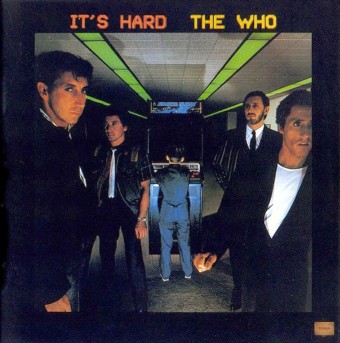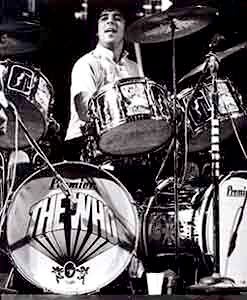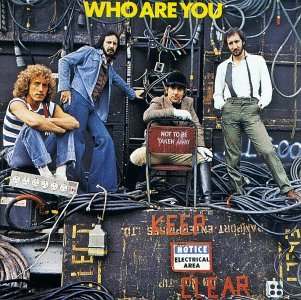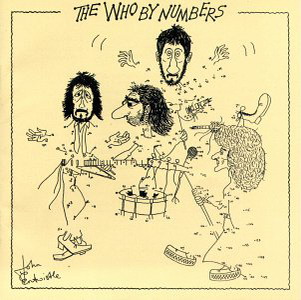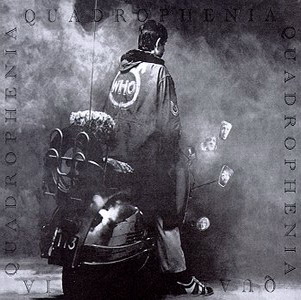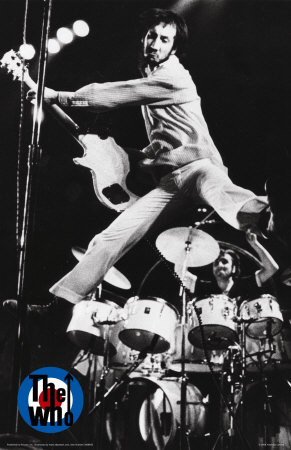
Pete Playing With The Who In 1972. His Leaps Were A Trademark Move Along With His Windmills.
Notwithstanding the scope and quality of his solo output, Pete Townshend will always be remembered as the driving force behind The Who. The fact remains that Pete always had such an attachment and belief on the band that his solo career took a long time to start in earnest. That is, his first solo releases were not really that – both “Who Came First” and “Rough Mix” were large scale collaborations, as if Pete wanted to dilute by all means the fact that he was recording with someone who was not his beloved band.
Come the early eighties, though, his one love had become quite fragmented and the will to strike out on his own was strengthened. The death of Keith Moon was the obvious catalyst, but he also found it uneasy trying to communicate to a younger public. And one of his recurrent themes was always that of youth and its connection with ideals and dreams. All he could do was study the evolution of these themes along with his already-established fan base.
He did so in his first solo disc, “Empty Glass” (1980). It would prove to be his most successful offering, although the second one (“All The Best Cowboys Have Chinese Eyes”, 1982) was also praised critically, even when it sometimes sank under its own pretensions.
Pete then released the first of many collections of demos. Those “Scoops” as he were to name them were invariably intoxicating to fans, for two reasons. The first was that Pete played every instrument himself, and he did so suiting the style of each member of The Who. The second was that his vocal delivery was always very removed from that of Roger, not only in terms of range but mainly in terms of interpretative force. Roger was always a ballsy performer, and his energy was to take some songs such as “Who Are You” into territory different to the one Pete had originally conceived. Continue reading

